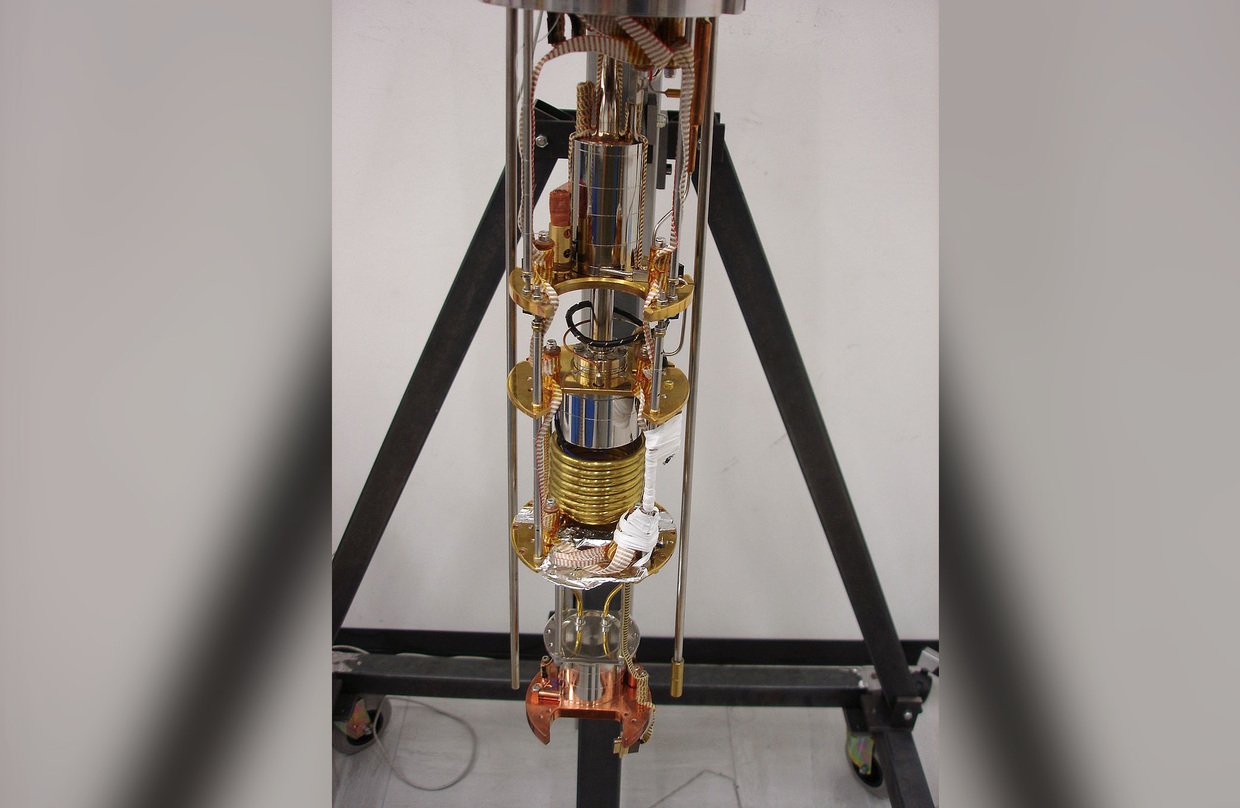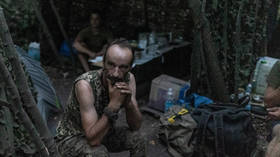FROZEN Lego bricks may be missing link in evolution of quantum computers (VIDEO)

Lego, the wildly popular children’s toy made up of interlocking plastic blocks and an array of gears and figurines, may actually provide the next big breakthrough for quantum computing, according to new research.
As a toy, the only limitation when it comes to Lego is the imagination of the child (and perhaps the bank balance of their parent) but as a material for science, its potential is only just now being unlocked, over 50 years since it was first introduced by Danish carpenter Ole Kirk Christiansen.
Researchers from Lancaster University recently placed a Lego figurine and four lego blocks inside their dilution refrigerator, a device which is capable of reaching minus 273.15 degrees Celsius (or –459.67 degrees Fahrenheit) just to see what would happen. What they discovered could change some of mankind’s most cutting-edge technologies forever.

“Our results are significant because we found that the clamping arrangement between the LEGO blocks causes the LEGO structures to behave as an extremely good thermal insulator at cryogenic temperatures,” said Dmitry Zmeev, who led the research.
Dilution refrigerators are fundamental to technological advancement in the 21st century, as the almost unfathomably cold temperatures they can create are crucial to modern experimental physics and engineering, including the development of quantum computers.
If simple plastic structures like Lego could be used in cutting edge research, it would afford researchers the ability to dramatically reduce costs and redirect funding elsewhere within a given project. The next step, according to the researchers, is to 3D print a new Lego-based thermal insulator for the next generation of dilution refrigerators.
Also on rt.com Google proclaims ‘quantum supremacy’ with new supercomputing breakthrough“It would be straightforward to create complex cellular geometries with high strength, easy manipulation and low conductivity for use as a cryogenic insulator down to millikelvin temperatures and below… [for example] the mixing plate of a dilution refrigerator based quantum computer,” the researchers wrote.
The cost of an entire 3D printing set up as proposed would equate to just a single sheet of a traditional thermal conducting material in use today, such as Vespel.
Like this story? Share it with a friend!














